Related Research Articles
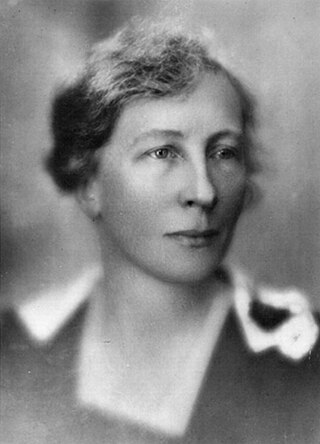
Lillian Evelyn Gilbreth was an American psychologist, industrial engineer, consultant, and educator who was an early pioneer in applying psychology to time-and-motion studies. She was described in the 1940s as "a genius in the art of living." Gilbreth, one of the first female engineers to earn a Ph.D., is considered to be the first industrial/organizational psychologist. She and her husband, Frank Bunker Gilbreth, were efficiency experts who contributed to the study of industrial engineering, especially in the areas of motion study and human factors. Cheaper by the Dozen (1948) and Belles on Their Toes (1950), written by two of their children tell the story of their family life and describe how time-and-motion studies were applied to the organization and daily activities of their large family. Both books were later made into feature films.

Elizabeth Muriel Gregory MacGill, known as the "Queen of the Hurricanes", was a Canadian engineer. She was the first woman in the world to earn an aeronautical engineering degree and the first woman in Canada to receive a bachelor's degree in electrical engineering. She worked as an aeronautical engineer during the Second World War and did much to make Canada a powerhouse of aircraft construction during her years at Canadian Car and Foundry (CC&F) in Fort William, Ontario. After her work at CC&F, she ran a successful consulting business. Between 1967 and 1970, she was a Commissioner on the Royal Commission on the Status of Women in Canada, which reported in 1970.
ABET, formally known as the Accreditation Board for Engineering and Technology, Inc. (ABET), is a non-governmental organization that accredits post-secondary education programs in engineering, engineering technology, computing, and applied and natural sciences.

The Society of Women Engineers (SWE) is an international not-for-profit educational and service organization. Founded in 1950 and headquartered in the United States, the Society of Women Engineers is a major advocate for women in engineering and technology. SWE has over 40,000 members in nearly 100 professional sections, 300 collegiate sections, and 60 global affiliate groups throughout the world.
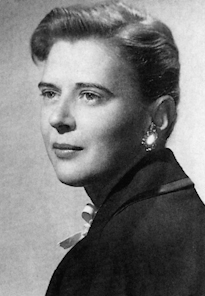
Beatrice Alice Hicks was an American engineer, the first woman engineer to be hired by Western Electric, and both co-founder and first president of the Society of Women Engineers. Despite entering the field at a time where engineering was seen as an inappropriate career for a woman, Hicks held a variety of leadership positions and eventually became the owner of an engineering firm. During her time there, Hicks developed a gas density switch that would be used in the U.S. space program, including the Apollo Moon landing missions.

Kristina M. Johnson is an American business executive and academic administrator.

Edith Clarke was an American electrical engineer. She was the first woman to be professionally employed as an electrical engineer in the United States, and the first female professor of electrical engineering in the country. She was the first woman to deliver a paper at the American Institute of Electrical Engineers; the first female engineer whose professional standing was recognized by Tau Beta Pi, the oldest engineering honor society and the second oldest collegiate honor society in the United States; and the first woman named as a Fellow of the American Institute of Electrical Engineers. She specialized in electrical power system analysis and wrote Circuit Analysis of A-C Power Systems.
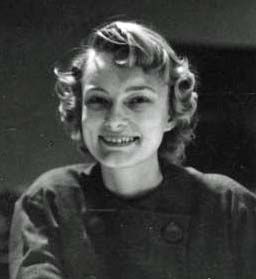
Maryly Van Leer Peck was an American academic and college administrator. She founded numerous programs in Guam, one of them being the Community Career College at the University of Guam. She was the first female president of a public institution of higher learning in Florida, the first female president of a Florida community college while president of Polk Community College aka Polk State College. She was one of the first female graduates of the School of Engineering at Vanderbilt University and the first woman to graduate with a degree in chemical engineering. She was also the first woman to receive an M.S. and a Ph.D. in engineering from the University of Florida. She also founded Society of Women Engineers chapters, and was an active board member.

Moshe Kam is an American Israeli electrical engineer. He is an engineering educator serving as Distinguished Professor and Dean of the Newark College of Engineering at the New Jersey Institute of Technology. Until August 2014 he served as the Robert G. Quinn Professor and department head of electrical and computer engineering at Drexel University. In 2011, he served concurrently as the 49th president and CEO of IEEE. Earlier he was IEEE's vice president for educational activities (2005–2007) and IEEE's representative director to the accreditation body ABET. Kam is known for his studies of decision fusion and distributed detection, which focus on computationally feasible fusion rules for multi-sensor systems.
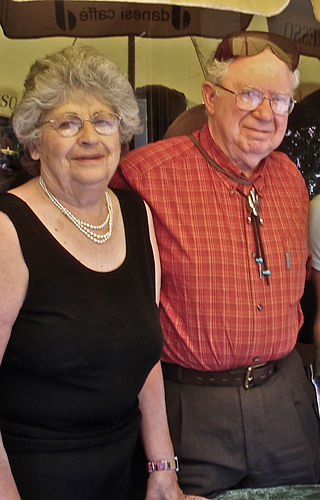
Thelma Estrin was an American computer scientist and engineer who did pioneering work in the fields of expert systems and biomedical engineering. Estrin was one of the first to apply computer technology to healthcare and medical research. In 1954, Estrin helped to design the Weizmann Automatic Computer, or WEIZAC, the first computer in Israel and the Middle East, a moment marked as an IEEE Milestone in Electrical and Computer Engineering. She was professor emerita in the Department of Computer Science, University of California at Los Angeles (UCLA).
Nancy Burr Deloye Fitzroy was an American engineer specializing in heat transfer and fluid dynamics. She was one of the first female helicopter pilots.
Thomas Flynn Edgar is an American chemical engineer.
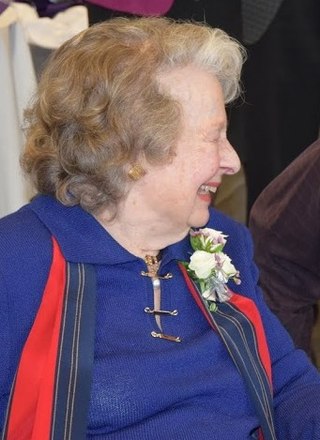
Irene Carswell Peden is an American engineer who has contributed much to the field of electrical engineering. She is known for being the first American woman scientist to live and work in the interior of the Antarctic, where she developed new methods to analyze the deep glacial ice by studying the effect it has on radio waves.

Katharine Stinson (1917-2001) was an American aeronautical engineer and the Federal Aviation Administration's first female engineer.

The Fred DeMatteis School of Engineering and Applied Science (SEAS) is the engineering school of Hofstra University, a private university in Hempstead, New York. It was created in 2012 out of the previously existing Departments of Engineering and Computer Science. It is accredited by ABET.

Lois Graham was a professor of thermodynamics and cryogenics. She was the first woman to earn a mechanical engineering PhD in the United States.
Sherita T. Ceasar is the Senior Vice President of Technology Environment and Strategy for Comcast Communications and has worked in the telecommunications industry since 1988.
Sarah Ann Rajala is a retired American electrical engineer and engineering educator, the former dean of engineering at both Mississippi State University and Iowa State University, a past president of the American Society for Engineering Education, and a member of the National Academy for Engineering.

Eugene M. DeLoatch in Piermont, New York, is an American academic in engineering education. DeLoatch's career has sought to expose historically marginalized communities to careers in science, technology, engineering, and math (STEM). DeLoatch founded the Clarence M. Mitchell, Jr., School of Engineering at Morgan State University, where he served as an engineering professor and dean from 1984 to 2016. DeLoatch is responsible for growing the population of African American engineers in the United States to five percent from less than one percent in 1959.
Stephanie H. Farrell is an American chemical engineer and academic administrator who is the founding department head of experimental engineering education at the Rowan University. She was the interim dean of the Henry M. Rowan College of Engineering from 2019 to 2021. Farrell was president of the American Society for Engineering Education (ASEE) from 2017 to 2019 and the International Federation of Engineering Education Societies from 2022 to 2024. She was elected a fellow of the ASEE and American Institute of Chemical Engineers in 2015 and 2021 respectively.
References
- ↑ Hatch, Sybil E. (2006). Changing Our World: True Stories of Women Engineers. ASCE Publications, ISBN 9780784408353
- ↑ Proffitt, Pamela (1999). Notable Women Scientists. Gale Group, ISBN 9780787639006
- 1 2 3 4 "INTERVIEW WITH ELEANOR BAUM, TUESDAY, APRIL 1, 2003" (PDF). Society of Women Engineers website. Retrieved 10 June 2014.
- 1 2 3 4 "SWE Women - Baum". Society of Women Engineers. Retrieved 10 June 2014.